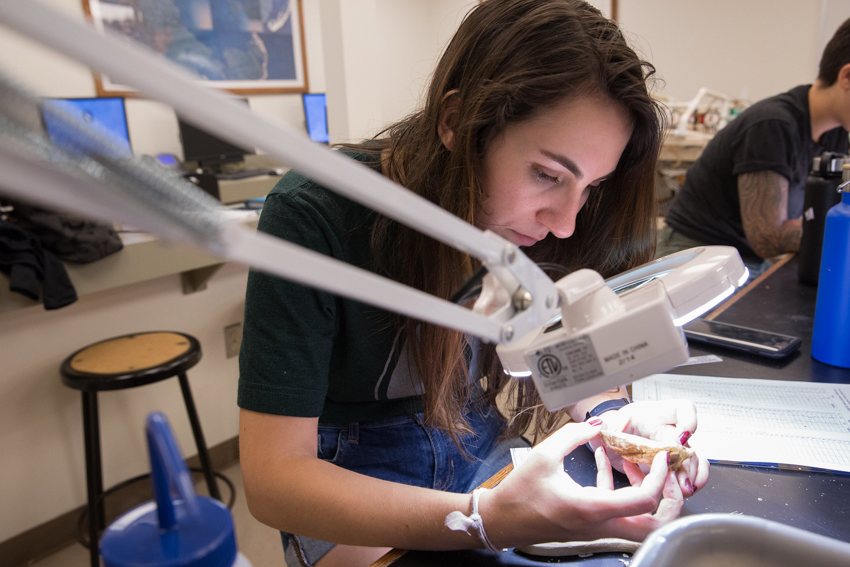


Because oyster spat was not found on the shells, the other organisms found on the shells were analyzed to determine the settlement differences between organisms based on the date and location of the oyster shell string. There were eleven organisms found on the shells in the Bronx River for the duration of this study. Significant differences in number or percentage of organisms inhabiting the shells compared to the date and string location were analyzed using the SYSTAT 10 Program ANOVA tests. The data analyzed for the 2004 survey included the number and percentage of a variety of organisms that inhabitant the oyster shells. Physical data was collected during each visit to the spat collector sites.īecause no oyster spat were found on the oyster spat collectors, the data analysis for this survey was not conducted as planned. Shells with spat were placed in minnow traps and returned to the river to grow. Using a dissecting microscope, the number of spat, percent cover of spat and other organisms collected were recorded for each string. A final string was not placed at this location because the entire structure and float was entangled below the water.Įvery two weeks until the end of September, each string of shells was collected and replaced with a clean spat collector. This string was broken due to abrasion against the rocks at this site during the first six weeks of the survey. String #5: West Side of the river parallel to Channel Buoy 8. String #4: At the mouth of the river just to the east of the old pilings that jut into the river. Sting # 3: West Side of the river just in front of a white Hunt’s Point building. This string was lost to vandalism after four weeks, replaced and lost again, and then was replaced in a new location, approximately 50 meters upstream and further into the center of the river. String #2: East Side of the River at Soundview Park (at the edge of the Staghorn Sumacs). String #1: West Bank of the River, just North of Bruckner Blvd. In June, spat collectors were placed at five locations along the estuary's salinity gradient and near potential restoration sites. Jump to a study: 2004 Study | 2005 Study 2004 Studyįive spat collectors were constructed by attaching a weighted string of clean oyster shells to a bouy so that the collectors hung near the bottom of the water column. To be most useful, spat collectors should be deployed every year from June to September. Data from spat collectors can inform site selection for oyster restoration projects and provide a metric for measuring the success of a potential restoration project’s contribution to set both near and far from the project location. They can be useful as relative measures to compare setting in different sections of the river from one year to the next. Spat collectors do not accurately quantify the spatfall in the river. Shells were collected and replaced every two weeks and examined under a dissecting microscope to look for oyster spat. They are placed in five locations to span the salinity gradient of the estuary. Spat collectors are anchored with a cinder block and marked by a buoy. The Bronx River Oyster Spat Survey involves deploying strings of oyster shell at five locations in the estuarine section of the Bronx River. Repeating this survey yearly before a restoration effort and then after a restoration effort is a great way to gain valuable data about the change in oyster recruitment throughout a restoration. An oyster spat survey can help give the Natural Resources Group a better idea of where an ideal oyster restoration location may be on the Bronx River. The Bronx River Oyster Spat Survey was conducted to determine when and where oyster spat are settling on the Bronx River and to estimate the potential for oyster recruitment at locations on the river. Channel Morphology and Instream Habitat.Bronx Wetlands: their history and future.


 0 kommentar(er)
0 kommentar(er)
